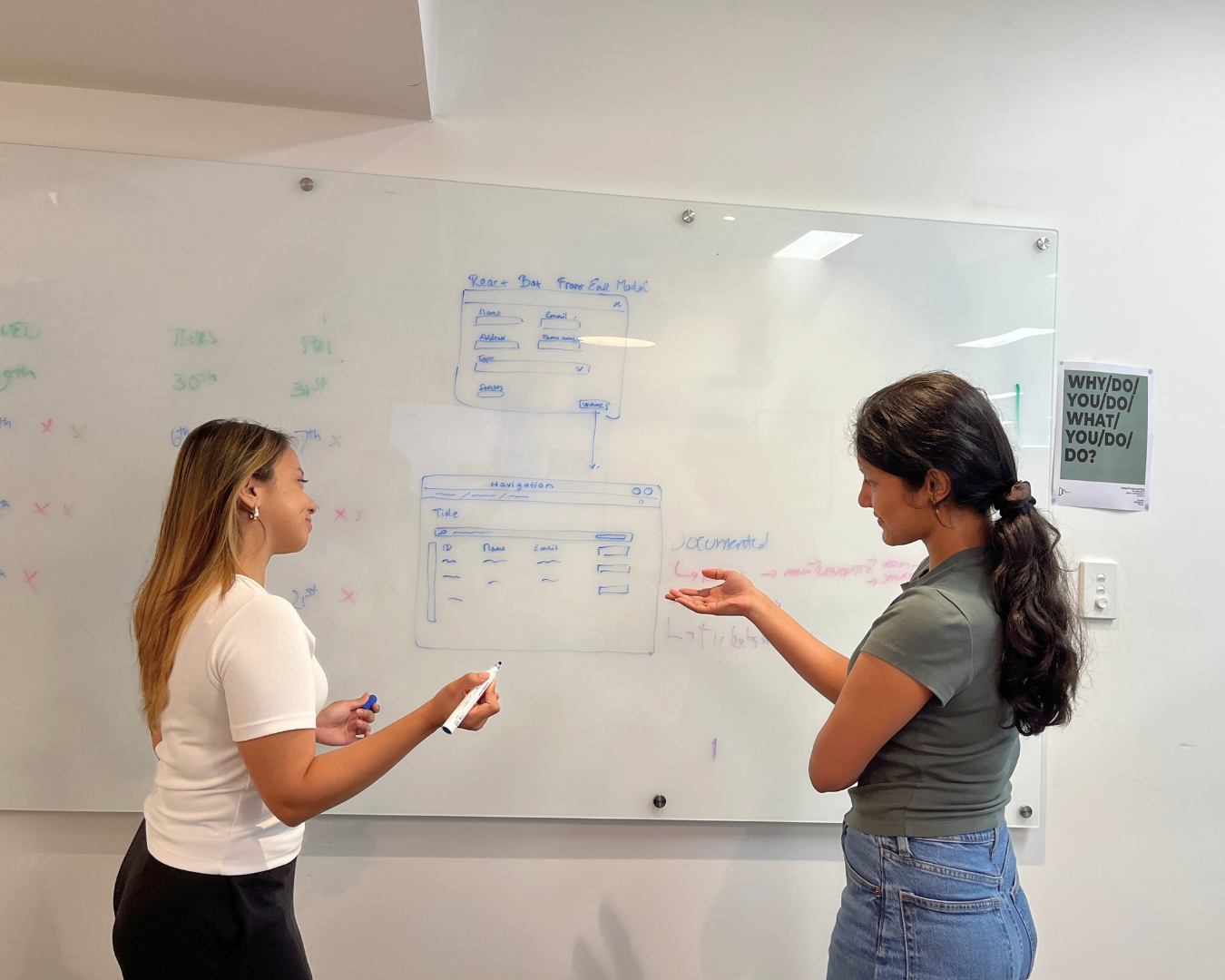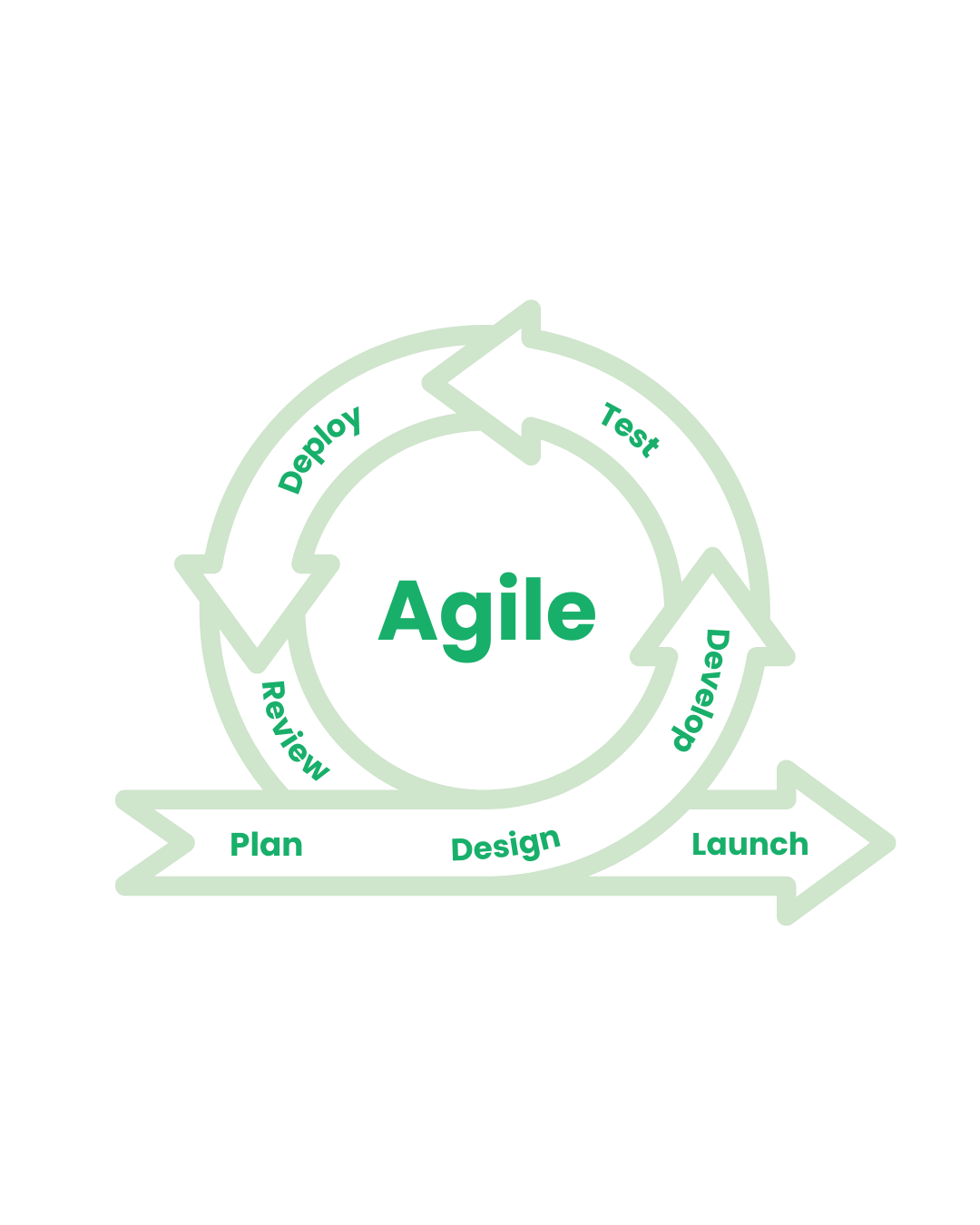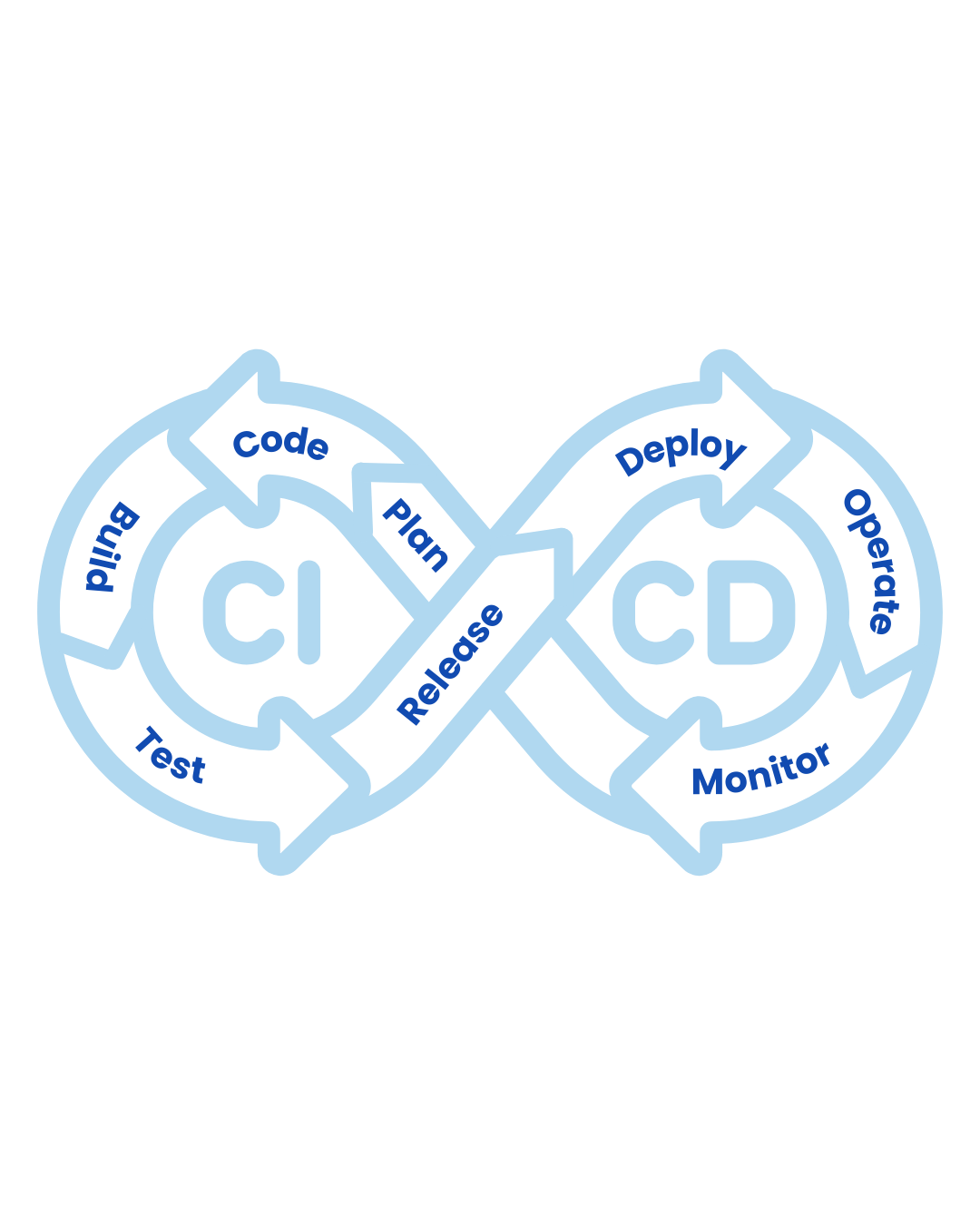
Top 8 Best Practices for Enterprise Software Development
In today’s tech obsessed world, enterprise software development is essential for organisations seeking efficiency, scalability, and innovation. To be successful, developers and stakeholders need to follow practices that support reliable, efficient, and future proof solutions. Here are 8 best practices for enterprise software development.
1. Embrace Agile Methodology
The use of Agile methodology encourages collaboration and adaptability. By breaking projects into manageable parts, teams can focus on delivering functional software while addressing changing requirements. Agile frameworks, such as Scrum and Kanban, create continuous feedback loops, helping teams quickly adapt to business needs and market shifts. Agile practices improve communication among stakeholders, ensuring that the software aligns with business goals. Agile promotes test-driven development (TDD) and incremental releases, which enhance software quality and reduce risks associated with large-scale deployments.

2. Prioritise Scalability and Flexibility
Enterprise software should be designed to support growth and adapt to changing requirements. Scalability makes sure that applications can handle increased workloads efficiently, while flexibility allows businesses to pivot and integrate new features without major rework. Building scalable architectures and flexible systems helps maintain usability over time and minimises the risk of becoming outdated. Using modular designs, microservices, and cloud-based solutions enables seamless integration, easier updates, and improved system resilience. Adopting containerisation technologies like Docker and Kubernetes helps enterprises scale resources dynamically, optimising performance while reducing infrastructure costs.
3. Implement Strong Security Measures
Security is a critical part of enterprise IT solutions, ensuring the protection of sensitive data and compliance with regulations like the General Data Protection Regulation (GDPR) and Australia’s Privacy Act. Integrating security measures early in development is crucial to minimising risks. This includes encryption, routine vulnerability assessments, and secure coding practices. Implementing role-based access control (RBAC), multi-factor authentication (MFA), and regular security audits further strengthens software resilience against cyber threats. By embedding security best practices from the start, organisations can mitigate vulnerabilities and ensure long-term data protection.
4. Focus on User-Centric Design
User-centric design makes sure that enterprise applications are intuitive, engaging, and meet end-user needs. This involves conducting user research, usability testing, and design improvements throughout the development lifecycle. Using end-users in the process helps identify pain points and ensures the final product aligns with their workflows. Creating interfaces that are accessible and easy to navigate improves productivity and reduces the learning curve for new users. Designing with accessibility standards in mind further ensures inclusivity, benefitting a broader range of users.
5. Leverage Automation and CI/CD Pipelines
Continuous Integration and Continuous Deployment (CI/CD) streamline the software development process, enabling faster and more efficient delivery of enterprise applications. By integrating automated testing frameworks within CI/CD pipelines, organisations can improve software quality while reducing manual errors. DevOps-driven CI/CD practices also accelerate deployment cycles and minimise risks, making enterprise software development more agile and scalable. Adopting best practices like continuous monitoring and incremental updates ensures stability and long-term maintainability in enterprise IT solutions.

6. Prioritise Maintainability
Maintainable software remains functional, scalable, and adaptable over time. Key factors include writing clean, modular code, maintaining comprehensive documentation, and implementing regular updates. A well-structured system design strengthens maintainability by ensuring that software components can be modified or extended with minimal disruption. Prioritising maintainability reduces long-term costs and effort, enabling organisations to deploy updates efficiently and address issues with ease. By following these best practices, enterprises can future-proof their software and sustain long-term usability.
7. Incorporate Data-Driven Decision Making
Data is essential for enhancing enterprise software, allowing organisations to make informed decisions and improve operational efficiency. By leveraging analytics and real-time insights, businesses can continuously refine their software based on actual user behaviour and system performance. A strategic approach to data-driven development involves defining key performance metrics, collecting actionable insights, and adapting based on data-driven feedback to improve software functionality and user experience. Integrating these practices ensures that enterprise IT solutions remain responsive to evolving business needs.
8. Avoid Common Misconceptions
A clear understanding of software development principles helps prevent costly mistakes. One common misconception is underestimating the importance of thorough testing, which can lead to undetected issues and compromised software quality. Over-reliance on third-party tools without the correct evaluation may create dependencies that limit flexibility and long-term maintainability. Addressing these misconceptions early in the development process ensures a more robust and successful enterprise IT solution.
Conclusion
Enterprise software development demands a strategic balance of innovation, adaptability, and planning. By implementing best practices—from adopting Agile methodology to prioritising security, scalability, and maintainability—businesses can develop reliable IT solutions that drive long-term success. Staying informed about emerging technologies and continuously refining development processes are essential to remaining competitive in the ever-evolving enterprise IT landscape.






